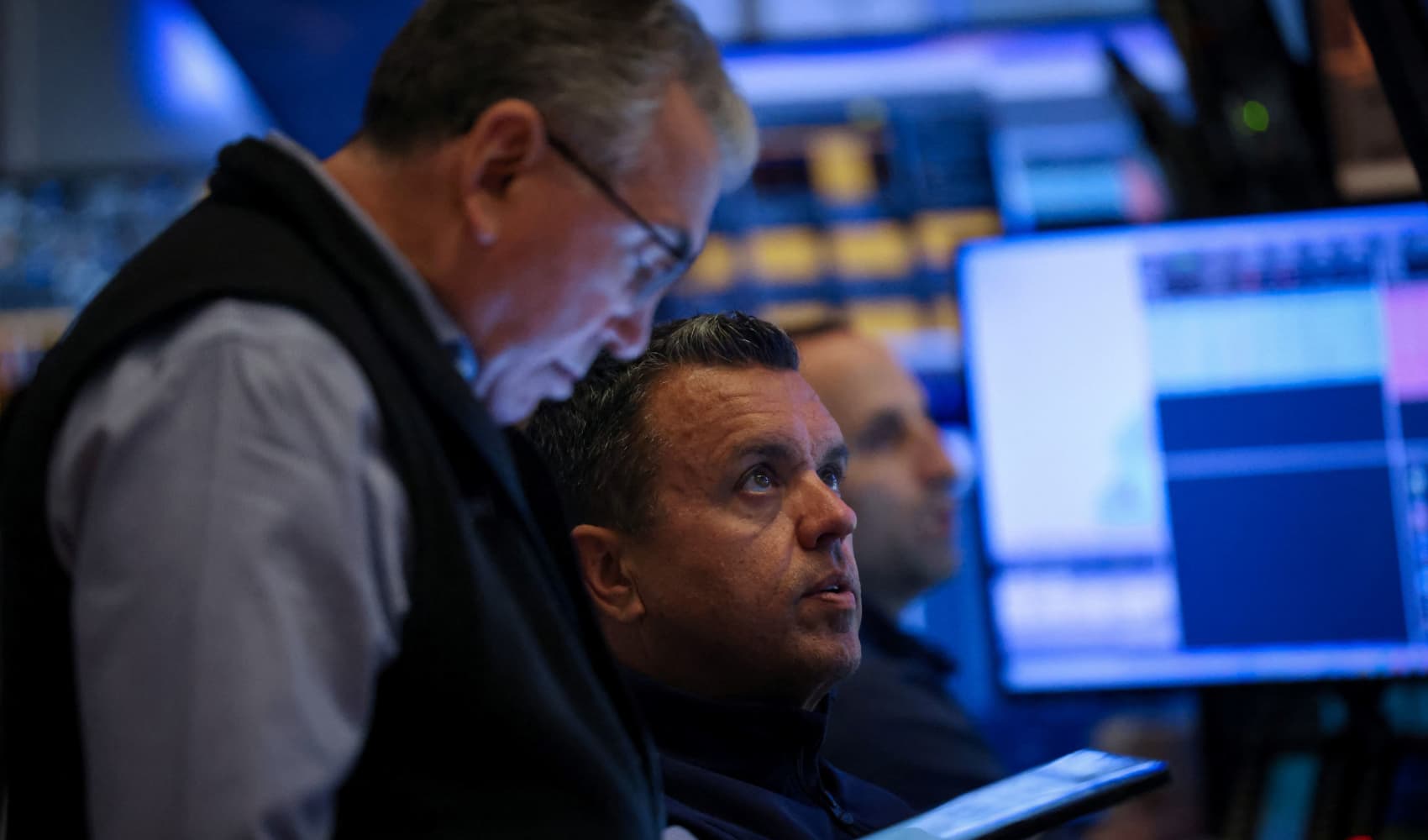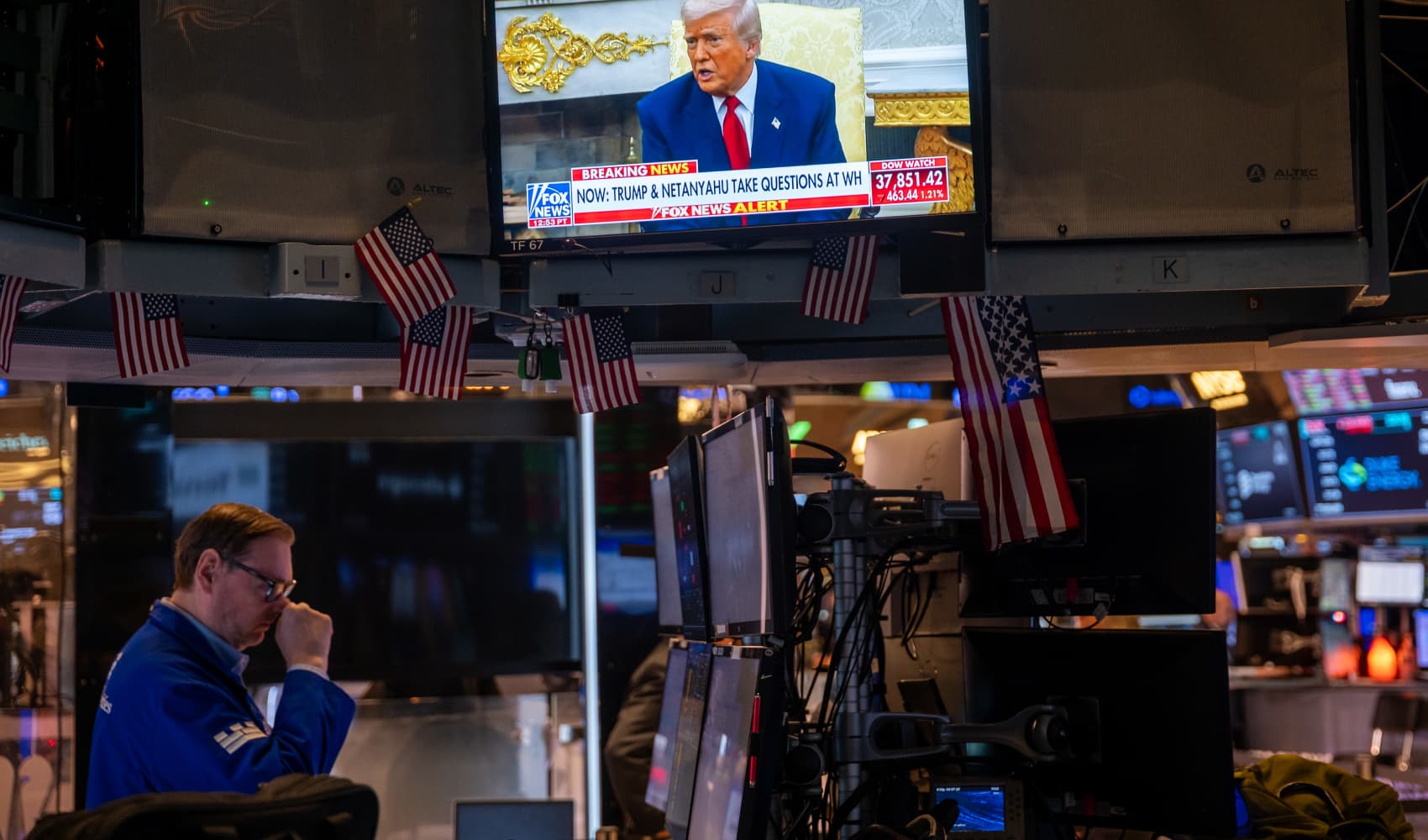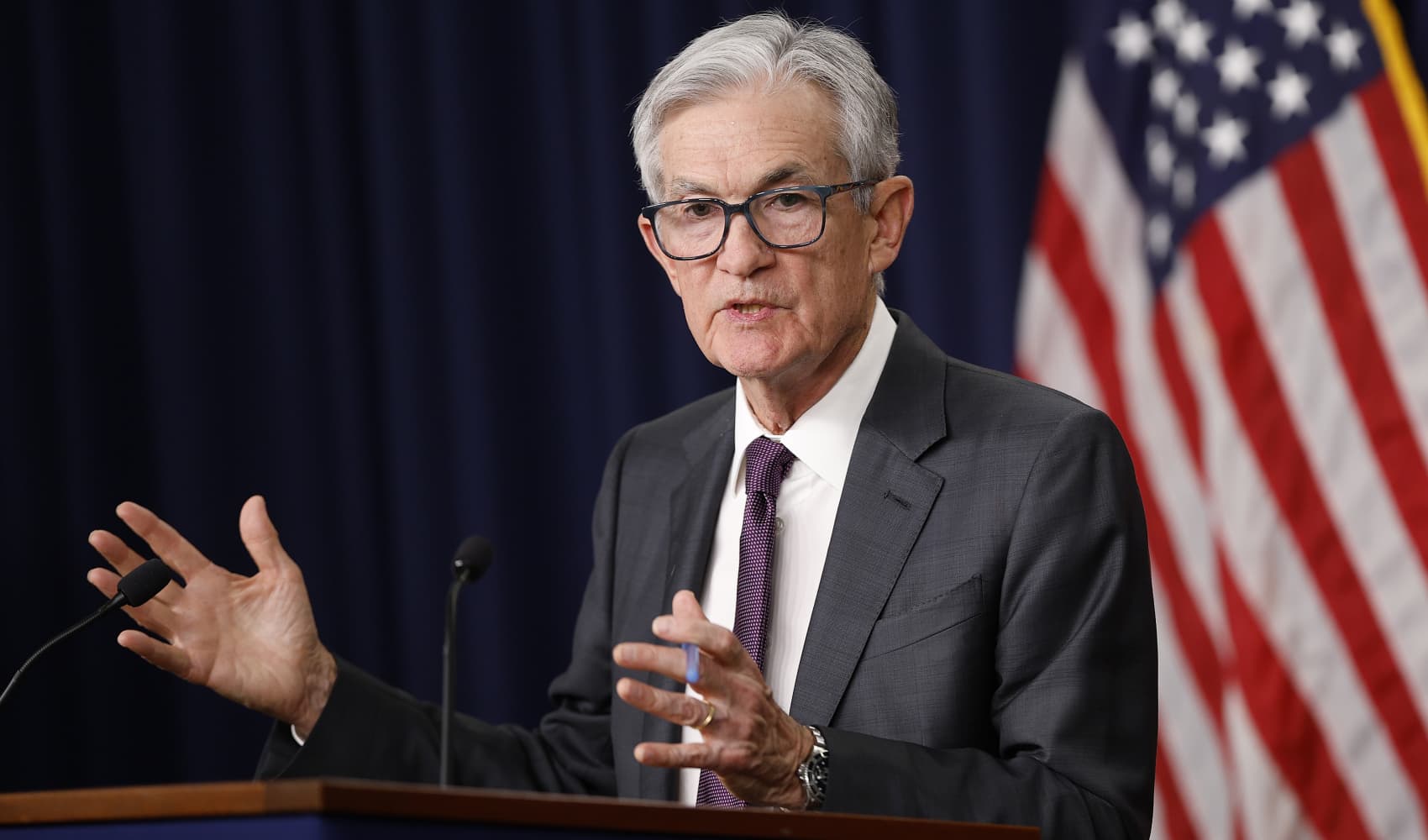Wall Street's Trump Jackpot: Profiting From Global Chaos
Trump's Wild Ride: How Wall Street Banks Cashed In On Global Volatility
Introduction: A Volatile Cocktail for Wall Street's Appetite
Remember the early days of the Trump administration? It felt like a rollercoaster, right? Well, buckle up, because Wall Street banks certainly enjoyed the ride. The uncertainty, the policy shifts, the sheer unpredictability – it all translated into a feast for trading desks. Wall Street banks just posted their biggest-ever haul from stock trading, and it was all thanks to the upheaval caused by the new administration. Think of it like this: when the world is spinning, opportunities abound for those who know how to navigate the turbulence.
The Perfect Storm: Trump's Policies and Market Reactions
Uncertainty Breeds Opportunity: The Trading Desk's Mantra
You see, volatility isn't necessarily a bad thing – especially for traders. It's like a chef who thrives in a busy kitchen. The more orders flying in, the more chances to create something delicious (or in this case, profitable). Trump's policies, often announced with little warning, sent markets into a frenzy. And in that frenzy, savvy traders spotted openings, exploited mispricings, and raked in the dough.
Global Repercussions: Beyond U.S. Borders
The impact wasn't just confined to the U.S. The administration's stance on trade, international agreements, and even climate change sent ripples across the globe. Institutional investors around the world needed to position themselves for a new regime. This meant rebalancing portfolios, hedging against potential risks, and seeking out new investment opportunities – all of which generated huge trading volumes.
The Big Winners: Goldman, Morgan Stanley, JPMorgan, and Bank of America
Record-Breaking Quarters: A Financial Bonanza
Let's talk specifics. Goldman Sachs, Morgan Stanley, JPMorgan Chase, and Bank of America each notched record equities trading revenue in the first quarter. These aren't just small gains, these are milestones. It's like winning the financial Olympics. It's a testament to their ability to adapt and profit from the changing landscape.
Diving into the Data: The Numbers Don't Lie
The raw numbers are staggering. We're talking about billions of dollars flowing into these banks' coffers. It highlights how significant the impact of global uncertainty, fueled by policy shifts, truly was.
Citigroup and Wells Fargo: Joining the Party
A Collective Boom: The Rise of the Titans
It wasn't just those four titans. Citigroup and Wells Fargo also joined in the feeding frenzy. The collective might of these financial institutions is a sight to behold.
$16.3 Billion: A Mind-Boggling Figure
When you add it all up, the six largest U.S. banks put up $16.3 billion in stock trading in the quarter, 33% more than a year earlier. That's a 33% jump! Imagine getting a 33% raise overnight. That's the scale of the profits we're talking about.
Inside the Trading Desks: How the Magic Happened
Navigating the Chaos: Expertise and Speed
So, how did they do it? It wasn't just luck. It required a deep understanding of global markets, lightning-fast execution, and a willingness to take calculated risks. Think of it like a chess game played at warp speed, where every move has the potential to make or break you.
Algorithmic Trading: The Robots' Role
Of course, algorithmic trading played a crucial role. These sophisticated computer programs can analyze vast amounts of data and execute trades in milliseconds, often outpacing human traders. In volatile markets, speed is everything, and algorithms provide that edge.
Beyond Equities: Other Asset Classes Benefiting
Fixed Income Frenzy: Bonds in the Spotlight
It wasn't just equities that saw increased activity. Fixed income markets, including bonds, also experienced heightened volatility. Investors flocked to safe-haven assets, while others sought out higher-yielding opportunities in riskier bonds. This created a flurry of trading activity.
Commodities Chaos: Oil, Gold, and Everything in Between
Commodities, from oil to gold, also saw significant price swings. Trade policies, currency fluctuations, and geopolitical tensions all contributed to the volatility in these markets. Traders who could accurately predict these movements reaped substantial rewards.
The Long-Term Implications: What Does It All Mean?
Regulatory Scrutiny: A Closer Look at Wall Street
While Wall Street celebrated its windfall, the surge in trading activity also raised concerns about regulatory oversight. Critics argued that the volatility could lead to instability in the financial system, requiring closer monitoring.
The Trump Effect: A Lasting Legacy?
The question remains: will this period of heightened volatility be a lasting legacy of the Trump era? Or will markets eventually settle down? The answer likely depends on the future of U.S. policies and the global political landscape.
The Risks Involved: It's Not All Champagne and Roses
Volatility Cuts Both Ways: Losses Can Be Swift
It's important to remember that volatility can cut both ways. While some traders made a fortune, others likely suffered losses. The same forces that create opportunities can also lead to devastating outcomes.
Black Swan Events: Unforeseen Disasters
And then there are the Black Swan events – unpredictable occurrences that can send markets into a tailspin. These events can wipe out even the most sophisticated trading strategies, highlighting the inherent risks of the financial world.
Is This Sustainable? A Look Ahead
Normalization of Markets: Will the Party End?
Eventually, markets tend to normalize. Periods of high volatility are often followed by periods of relative calm. The question is, when will the party end for Wall Street trading desks?
Adapting to Change: The Key to Survival
The key to long-term success in the financial industry is adaptability. Trading desks that can adjust their strategies to changing market conditions will be the ones that thrive, regardless of the political climate.
The Everyday Investor: What Can We Learn?
Don't Try to Time the Market: A Classic Mistake
So, what can the average investor learn from all this? First, don't try to time the market. It's a fool's errand. Even the most experienced traders struggle to consistently predict market movements.
Diversification is Key: Spreading the Risk
Second, diversification is crucial. Don't put all your eggs in one basket. Spread your investments across different asset classes to mitigate risk.
Conclusion: Volatility – Wall Street's Double-Edged Sword
The early days of the Trump administration provided a fertile ground for Wall Street trading desks. The uncertainty and policy shifts led to increased volatility, creating opportunities for savvy traders to profit. While the big banks raked in record revenues, it's important to remember that volatility is a double-edged sword. The key to long-term success is adaptability, risk management, and a healthy dose of caution. For the average investor, the lesson is clear: don't try to time the market, diversify your portfolio, and stay informed.
Frequently Asked Questions (FAQs)
- Why is volatility good for trading desks? Volatility creates price swings, which allow traders to profit from buying low and selling high (or vice versa). It provides more opportunities for short-term gains.
- What asset classes benefited the most from the Trump-era volatility? Equities, fixed income (bonds), and commodities all experienced increased trading activity due to the policy uncertainty.
- Are algorithmic trading systems responsible for the increased volatility? Algorithmic trading can amplify market movements, but it's not solely responsible for the overall volatility. Policy announcements, economic data, and geopolitical events also play a significant role.
- Is it possible for everyday investors to profit from volatility? While possible, it's generally not advisable. Timing the market is difficult, and most individual investors lack the expertise and resources to consistently profit from short-term market fluctuations.
- What regulations are in place to prevent excessive risk-taking during volatile periods? Regulators monitor trading activity, enforce capital requirements, and implement stress tests to ensure banks can withstand market shocks. However, regulations are constantly evolving to address new risks.




